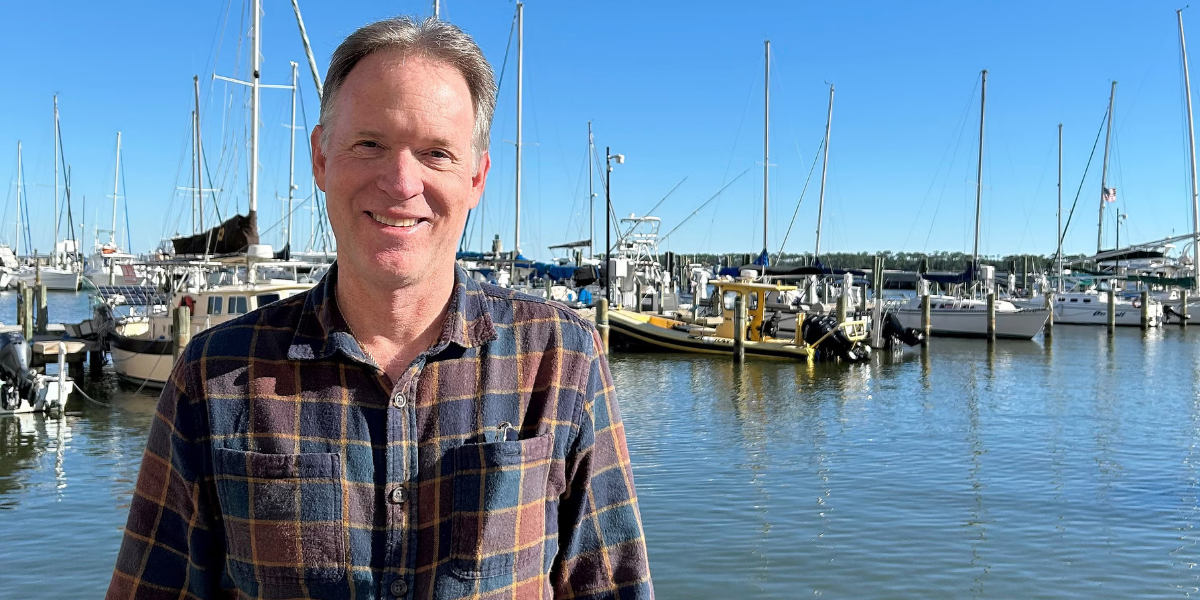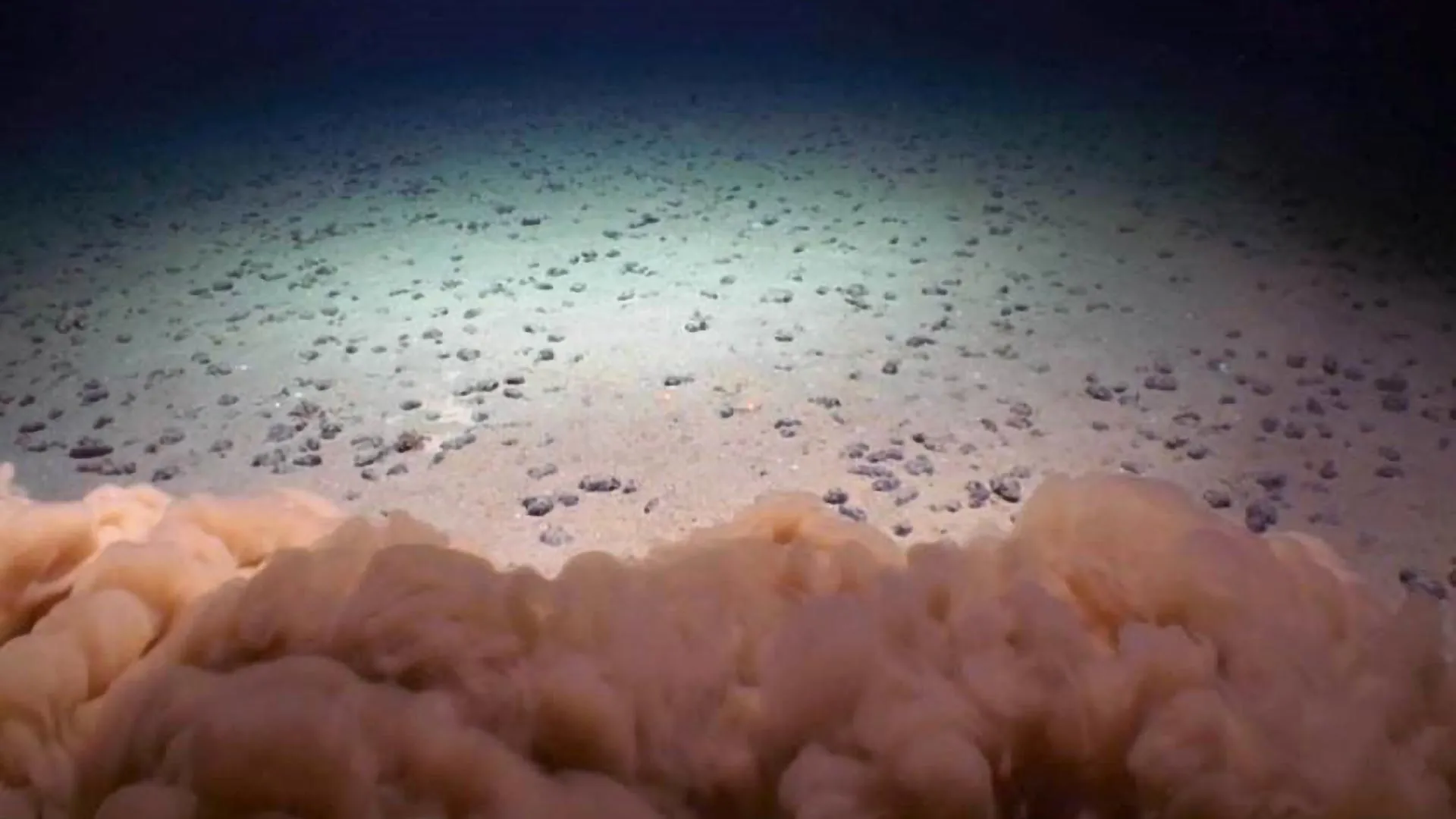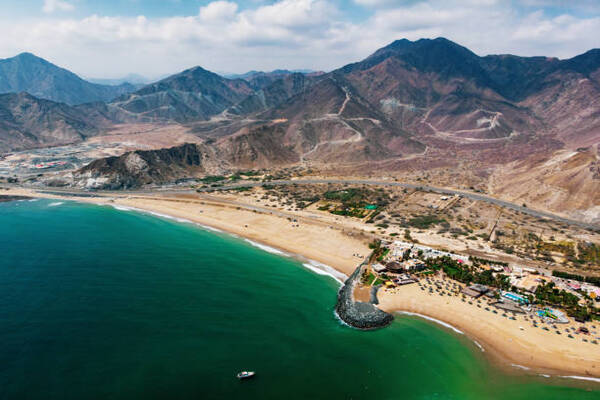Deep-sea DNA study reveals marine life’s global connectivity – Oceanographic Magazine
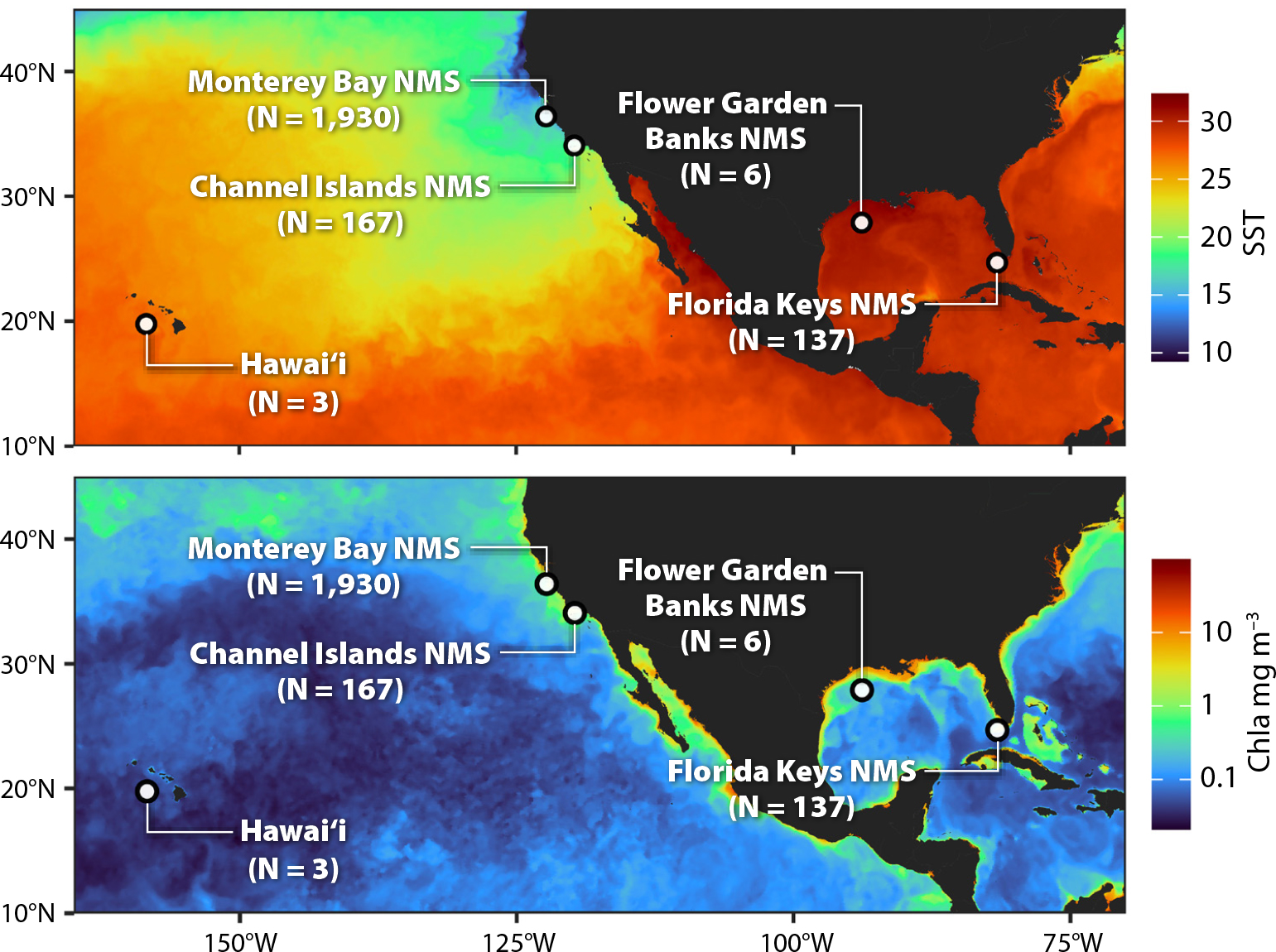
Report on Deep-Sea Biodiversity and its Implications for Sustainable Development Goals
Executive Summary
A landmark study led by Museums Victoria and published in Nature reveals that deep-sea marine ecosystems are far more interconnected on a global scale than previously understood. By analysing the DNA of brittle stars (Ophiuroidea), researchers have mapped a “connected superhighway” on the seafloor, linking disparate ocean basins over millions of years. These findings have profound implications for the achievement of the United Nations Sustainable Development Goals (SDGs), particularly SDG 14 (Life Below Water), by providing critical data for the conservation and sustainable management of marine biodiversity.
Key Research Findings
The study’s conclusions are based on an unprecedented analysis of genetic data from specimens housed in natural history museums worldwide. The primary findings include:
- Global Connectivity: Deep-sea species have demonstrated the ability to migrate across thousands of kilometres, creating genetically linked populations between regions as distant as Iceland and Tasmania.
- The Deep-Sea Superhighway: Unlike shallow waters constrained by temperature barriers, the stable, cold, and highly pressurised environment of the deep sea acts as a conduit for species dispersal over vast geological timescales.
- Dispersal Mechanism: Many deep-sea species, such as brittle stars, produce larvae capable of drifting on deep ocean currents for extended periods, facilitating the colonisation of remote marine ecosystems.
- Comprehensive Data: The research utilised DNA from 2,699 brittle star specimens, collected via numerous research voyages and preserved in 48 natural history museums, creating the most comprehensive dataset of its kind.
Alignment with Sustainable Development Goal 14: Life Below Water
This research directly informs and supports the targets outlined in SDG 14, which aims to conserve and sustainably use the oceans, seas, and marine resources.
- Enhancing Scientific Knowledge (Target 14.a): The study significantly increases scientific knowledge and understanding of marine biodiversity and ecosystem functions in the deep sea, a critical component for effective ocean management.
- Protecting Marine Ecosystems (Target 14.2): By revealing the interconnected nature of deep-sea life, the research underscores that marine ecosystems cannot be managed in isolation. It highlights the need for large-scale, internationally coordinated conservation efforts to protect these vital biological corridors from anthropogenic impacts.
- Informing Sustainable Management: The evidence of a global “superhighway” necessitates that activities such as deep-sea mining and fishing be assessed on a much broader scale, as their impacts could have far-reaching consequences for global marine biodiversity.
- Climate Change Resilience (SDG 13): The study’s emphasis on the role of stable deep-sea temperatures in facilitating species dispersal highlights the profound threat posed by climate change and ocean warming. Altering these stable conditions could sever ancient connectivity pathways, leading to biodiversity loss and undermining ecosystem resilience, directly linking the objectives of SDG 14 with SDG 13 (Climate Action).
Broader Implications for Global Sustainability
The study’s methodology and findings contribute to additional SDGs beyond marine conservation:
- SDG 17 (Partnerships for the Goals): The project is a prime example of a successful global partnership, uniting 48 natural history museums and data from hundreds of research voyages to achieve a common scientific goal.
- SDG 9 (Industry, Innovation, and Infrastructure): The research showcases the power of scientific innovation, using advanced DNA analysis and leveraging the world’s museum collections as a critical global infrastructure for biodiversity research.
Conclusion
The discovery of a globally connected deep-sea ecosystem fundamentally alters our understanding of life below water. It provides an urgent and compelling scientific basis for strengthening international cooperation on marine conservation. To advance the 2030 Agenda for Sustainable Development, these findings must be integrated into policy-making frameworks governing the protection of the marine environment, ensuring that human activities do not irreparably damage these ancient and vital connections that support planetary health.
1. Which SDGs are addressed or connected to the issues highlighted in the article?
The article primarily addresses two Sustainable Development Goals (SDGs) by highlighting a major scientific study on deep-sea marine life and the international collaboration required to achieve it.
-
SDG 14: Life Below Water
This goal is central to the article, which focuses on conserving and sustainably using the oceans, seas, and marine resources. The research provides “new insights into how marine life has evolved and dispersed across the ocean,” directly contributing to our understanding of marine biodiversity and ecosystems. The study on brittle stars reveals the interconnectedness of deep-sea life, which is fundamental knowledge for protecting these environments.
-
SDG 17: Partnerships for the Goals
This goal is addressed through the description of the collaborative effort behind the study. The article states that the research involved analyzing “thousands of specimens collected on hundreds of research voyages and preserved in natural history museums around the world.” Specifically, it mentions the use of DNA from specimens “housed in 48 natural history museums across the globe,” which exemplifies a global partnership mobilizing knowledge and expertise to achieve a common scientific goal.
2. What specific targets under those SDGs can be identified based on the article’s content?
Several specific targets under SDG 14 and SDG 17 are relevant to the information presented in the article.
-
SDG 14: Life Below Water
-
Target 14.2: By 2020, sustainably manage and protect marine and coastal ecosystems to avoid significant adverse impacts.
Explanation: The study’s finding that deep-sea ecosystems are a “connected superhighway” linking regions from “Iceland to Tasmania” provides critical scientific information necessary for the effective management and protection of these vast, interconnected marine ecosystems. Understanding this connectivity is essential to avoid adverse impacts that could have far-reaching consequences. -
Target 14.5: By 2020, conserve at least 10 per cent of coastal and marine areas, consistent with national and international law and based on the best available scientific information.
Explanation: The article describes a “landmark study” and an “unprecedented” dataset. This represents the “best available scientific information” that can be used to identify and design effective marine protected areas (MPAs). The discovery of global connectivity has profound implications for where and how these conservation areas should be established. -
Target 14.a: Increase scientific knowledge, develop research capacity and transfer marine technology.
Explanation: The entire article is a testament to this target. The research significantly increases scientific knowledge about deep-sea biodiversity and evolution. It describes a “landmark study” that “could prove transformational of our understanding of life at the furthest depths of the ocean,” directly fulfilling the objective of advancing marine science.
-
Target 14.2: By 2020, sustainably manage and protect marine and coastal ecosystems to avoid significant adverse impacts.
-
SDG 17: Partnerships for the Goals
-
Target 17.6: Enhance North-South, South-South and triangular regional and international cooperation on and access to science, technology and innovation and enhance knowledge sharing.
Explanation: The study is a model of international scientific cooperation. It involved analyzing specimens from “48 natural history museums across the globe” and data from “hundreds of research voyages.” The publication of the findings in the journal Nature is a primary example of knowledge sharing within the global scientific community. -
Target 17.16: Enhance the global partnership for sustainable development, complemented by multi-stakeholder partnerships that mobilize and share knowledge, expertise, technology and financial resources.
Explanation: The collaboration between Museums Victoria Research Institute and 48 other natural history museums represents a multi-stakeholder partnership. This partnership successfully mobilized and shared knowledge (preserved specimens, DNA data) and expertise (scientists, curators) to produce new scientific insights relevant to sustainable development.
-
Target 17.6: Enhance North-South, South-South and triangular regional and international cooperation on and access to science, technology and innovation and enhance knowledge sharing.
3. Are there any indicators mentioned or implied in the article that can be used to measure progress towards the identified targets?
The article does not mention official SDG indicators, but it provides several quantifiable metrics and qualitative descriptions that can serve as implied indicators of progress.
-
Indicators for SDG 14 Targets
- For Target 14.a: An indicator is the generation and dissemination of new scientific knowledge. The article points to the publication of a “landmark study” in a high-impact scientific journal (Nature). The creation of an “unprecedented” dataset, comprising DNA analysis from “2,699 brittle star specimens,” is a direct measure of developed research capacity.
- For Target 14.5: An implied indicator is the provision of scientific data to inform conservation policy. The study’s mapping of the “global distribution and evolutionary relationships” of deep-sea species provides the scientific basis needed to design and justify the creation of ecologically coherent networks of marine protected areas.
-
Indicators for SDG 17 Targets
- For Targets 17.6 and 17.16: A clear indicator of partnership is the number of collaborating institutions. The article explicitly states that “48 natural history museums across the globe” were involved. Another metric is the scale of the collaborative effort, described as involving “hundreds of research voyages.” These numbers quantify the extent of the global partnership.
4. Table of SDGs, Targets, and Indicators
| SDGs | Targets | Indicators (Identified or Implied in the Article) |
|---|---|---|
| SDG 14: Life Below Water |
14.2: Sustainably manage and protect marine and coastal ecosystems.
14.5: Conserve marine areas based on the best available scientific information. 14.a: Increase scientific knowledge and research capacity. |
– Generation of scientific knowledge on the connectivity of deep-sea ecosystems (“connected superhighway”).
– Provision of scientific maps of global species distribution to inform the design of Marine Protected Areas. – Publication of a “landmark study” in a peer-reviewed journal (Nature). |
| SDG 17: Partnerships for the Goals |
17.6: Enhance international cooperation on science and knowledge sharing.
17.16: Enhance the global partnership for sustainable development through multi-stakeholder partnerships. |
– Number of collaborating international institutions (48 natural history museums). – Scale of collaborative research effort (“hundreds of research voyages”). – Mobilization and sharing of knowledge and resources (specimens, DNA data) across a global network of museums and researchers. |
Source: oceanographicmagazine.com

What is Your Reaction?
 Like
0
Like
0
 Dislike
0
Dislike
0
 Love
0
Love
0
 Funny
0
Funny
0
 Angry
0
Angry
0
 Sad
0
Sad
0
 Wow
0
Wow
0













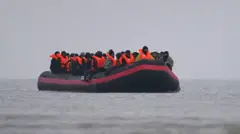






















![Lancaster homeowner’s energy-efficient renovation sparks clash over historic preservation [Lancaster Watchdog] – LancasterOnline](https://bloximages.newyork1.vip.townnews.com/lancasteronline.com/content/tncms/assets/v3/editorial/9/ed/9ed03d32-c902-44d2-a461-78ad888eec38/69050b156baeb.image.png?resize=150,75#)





